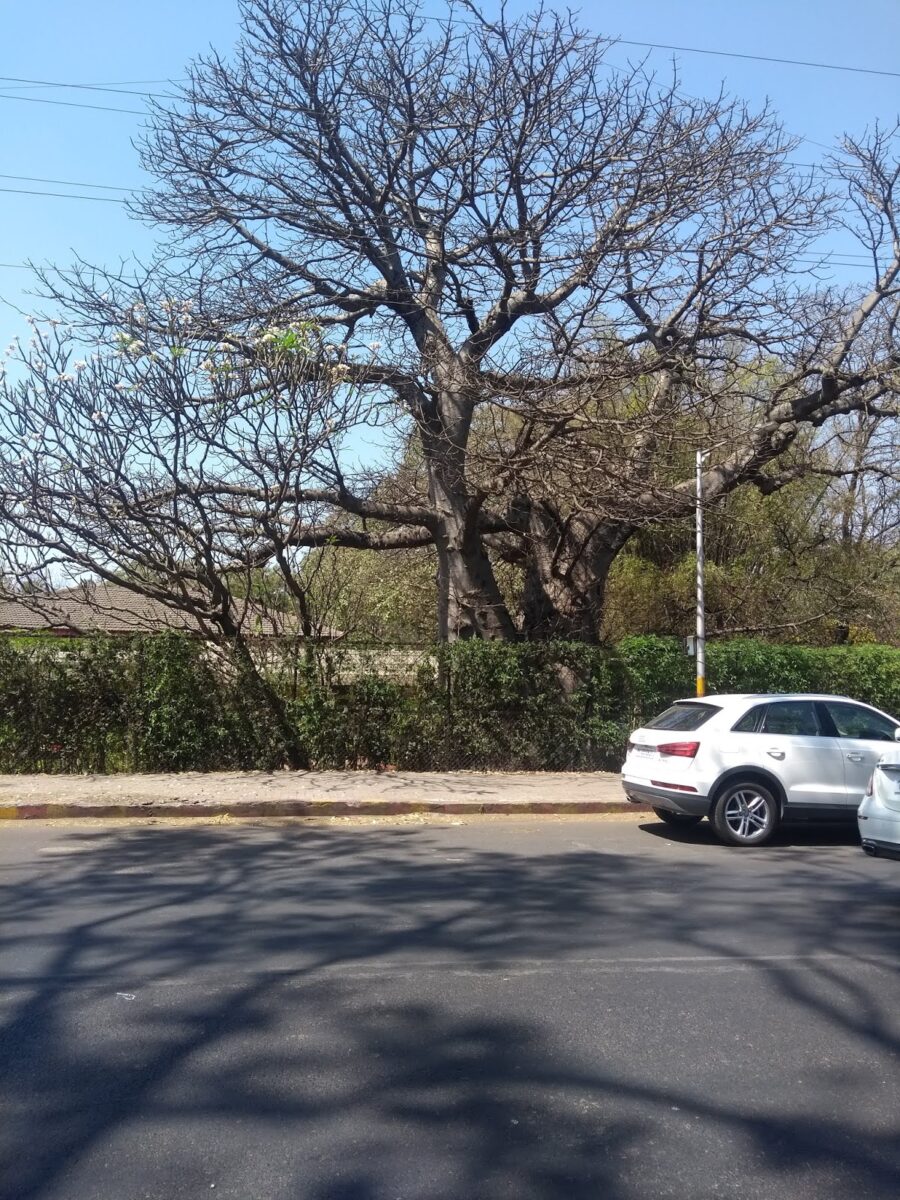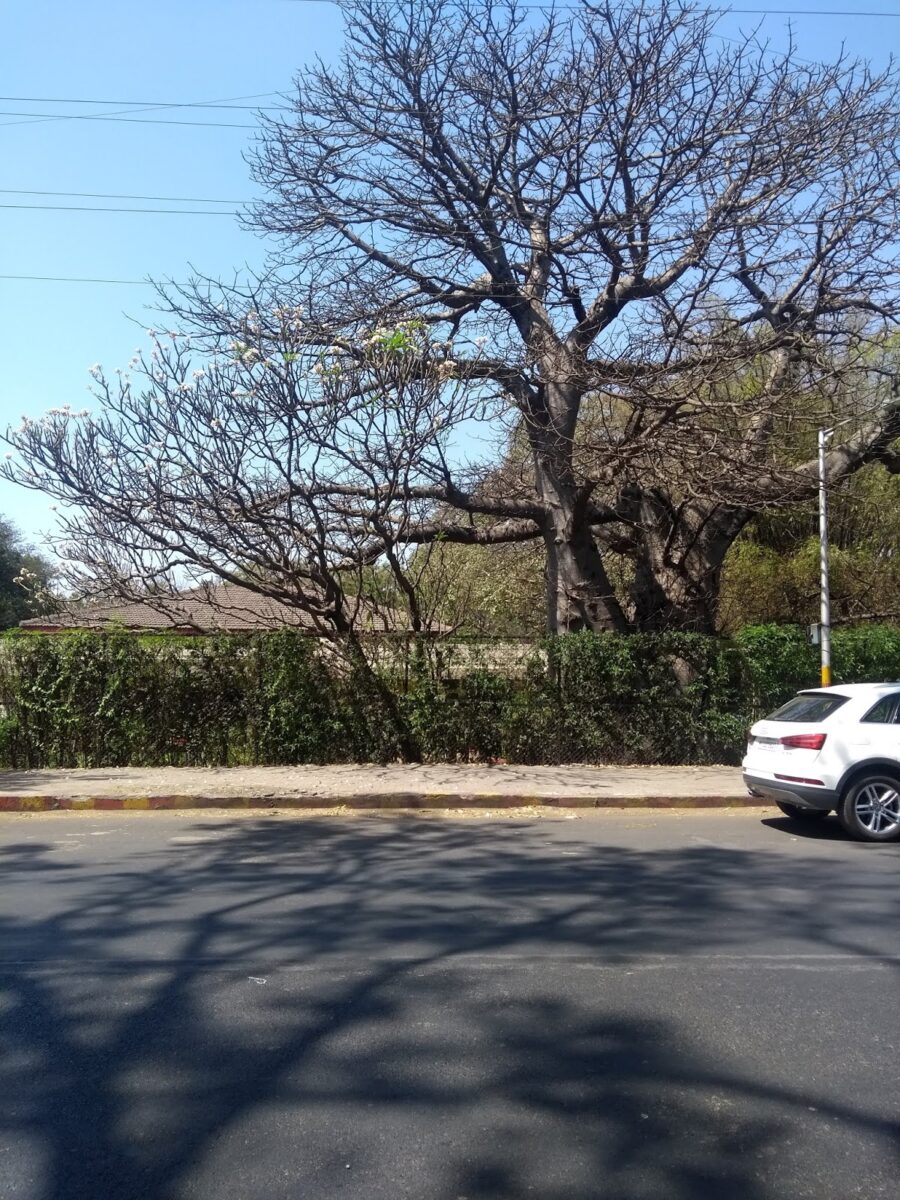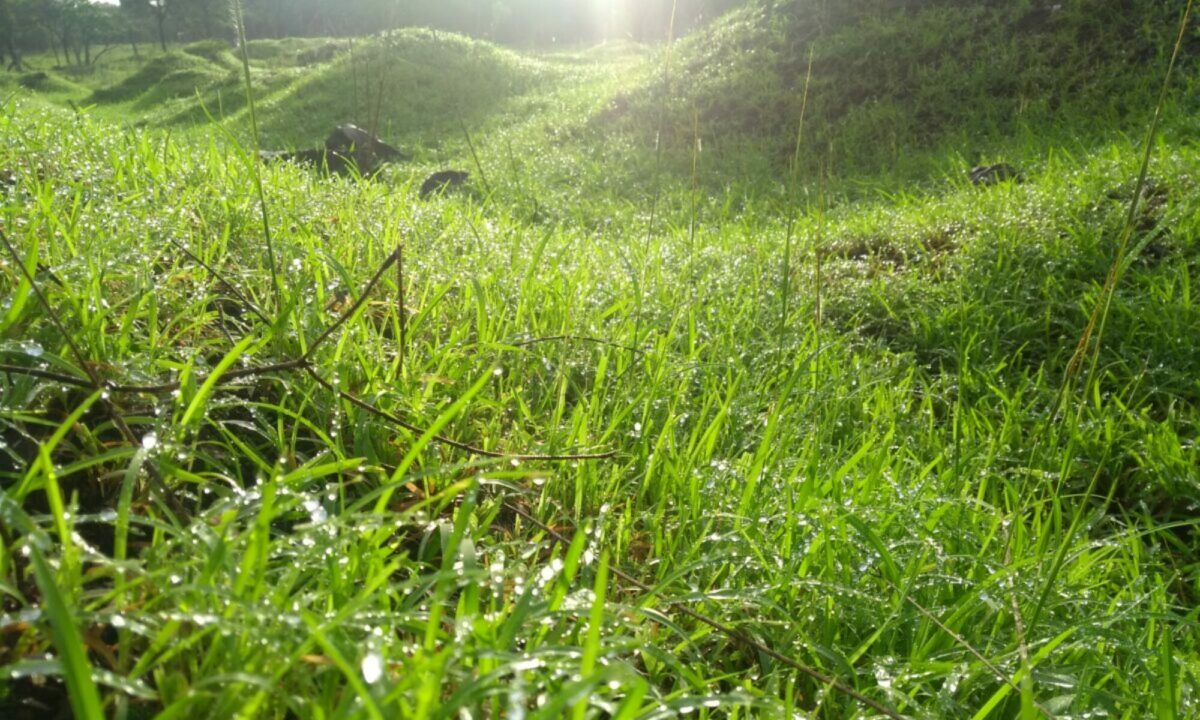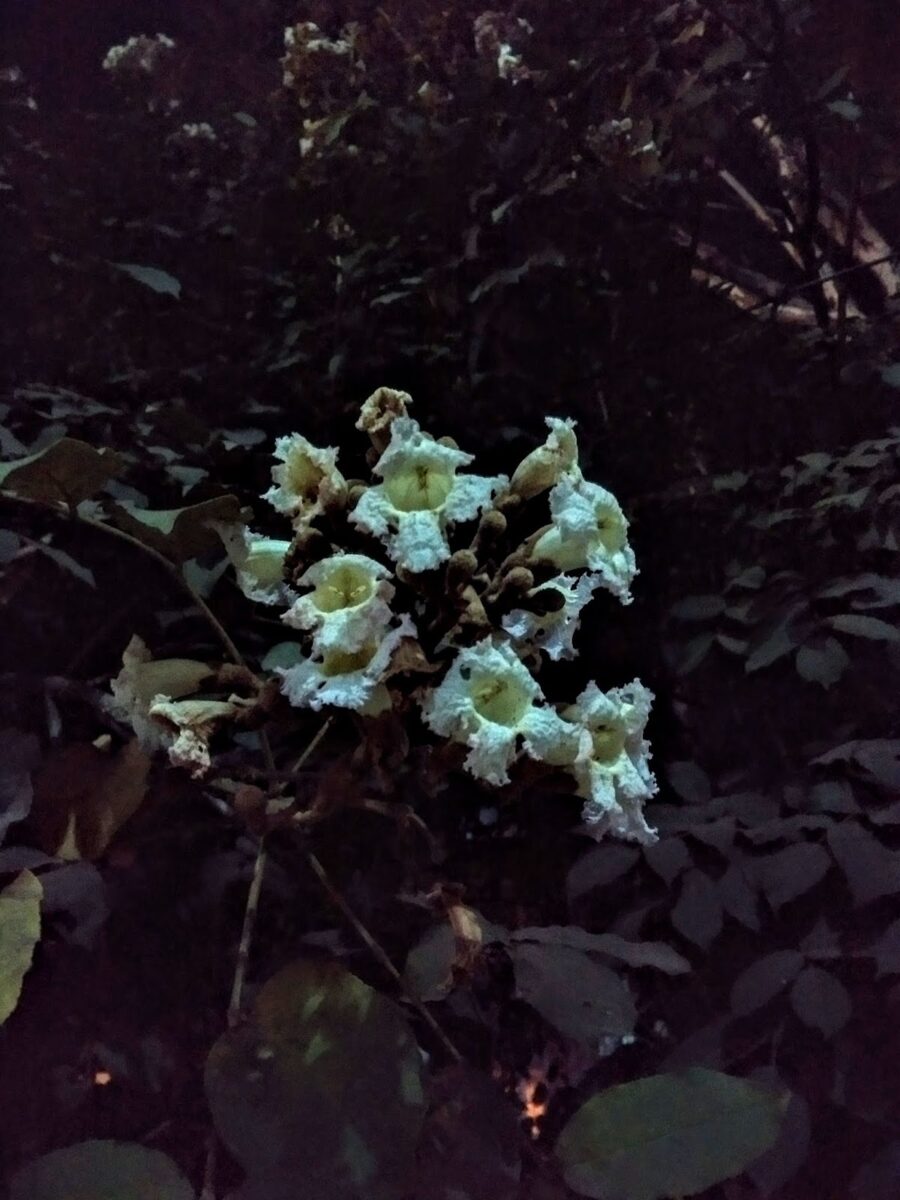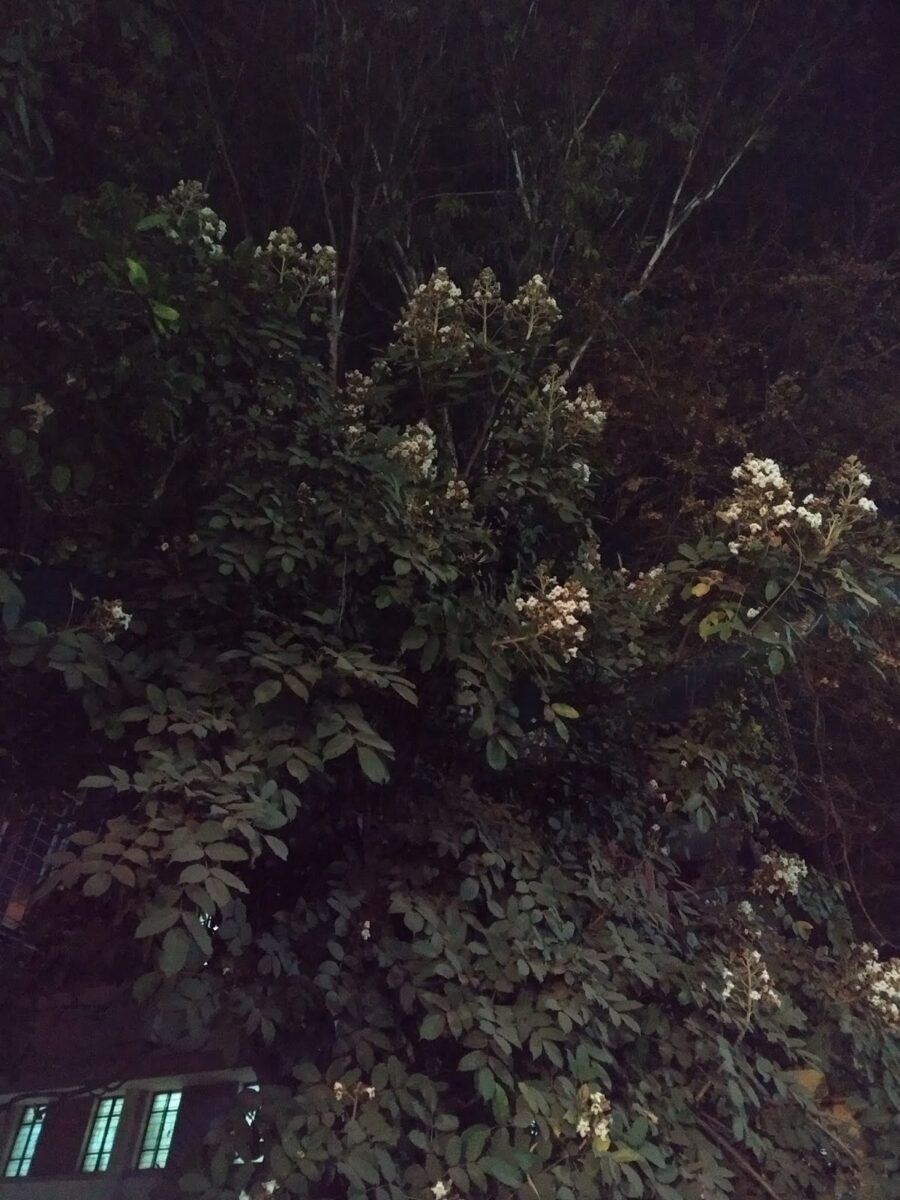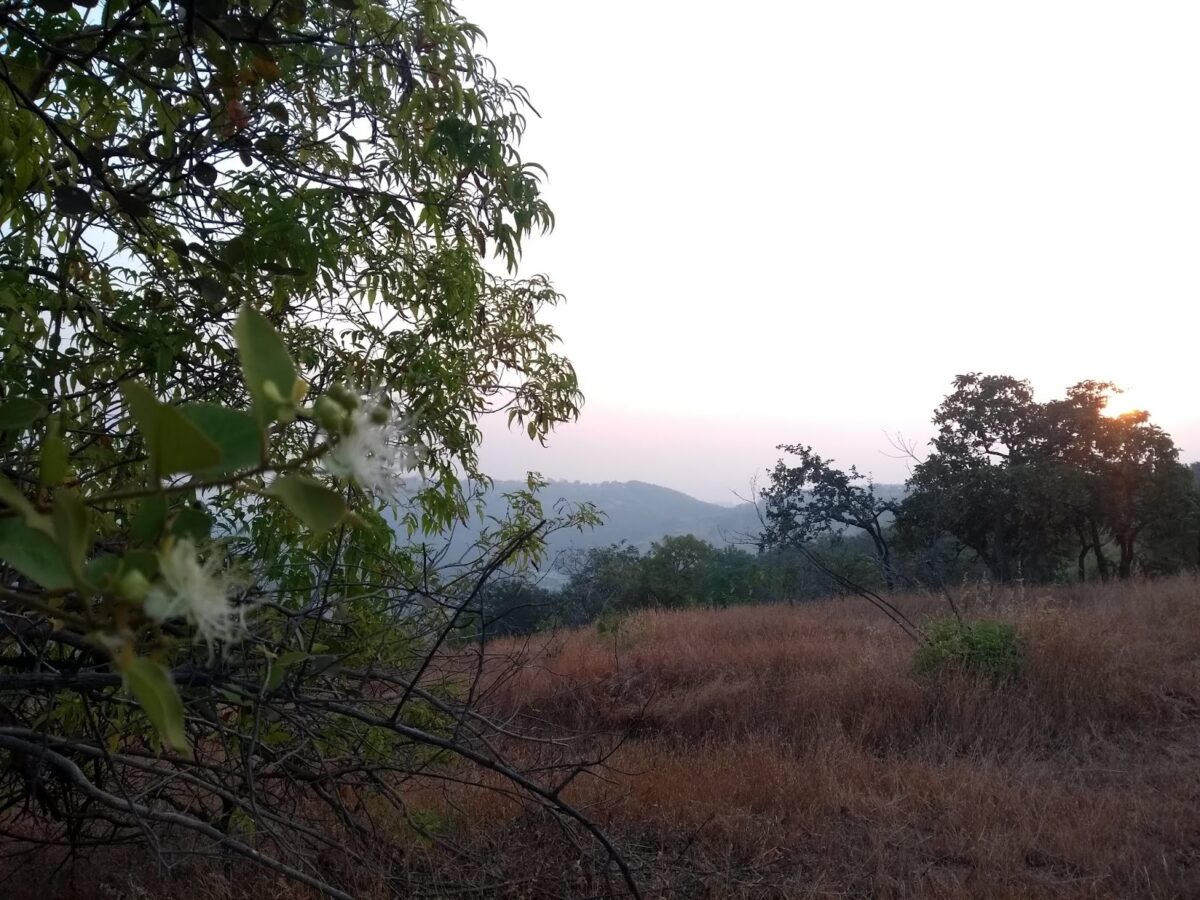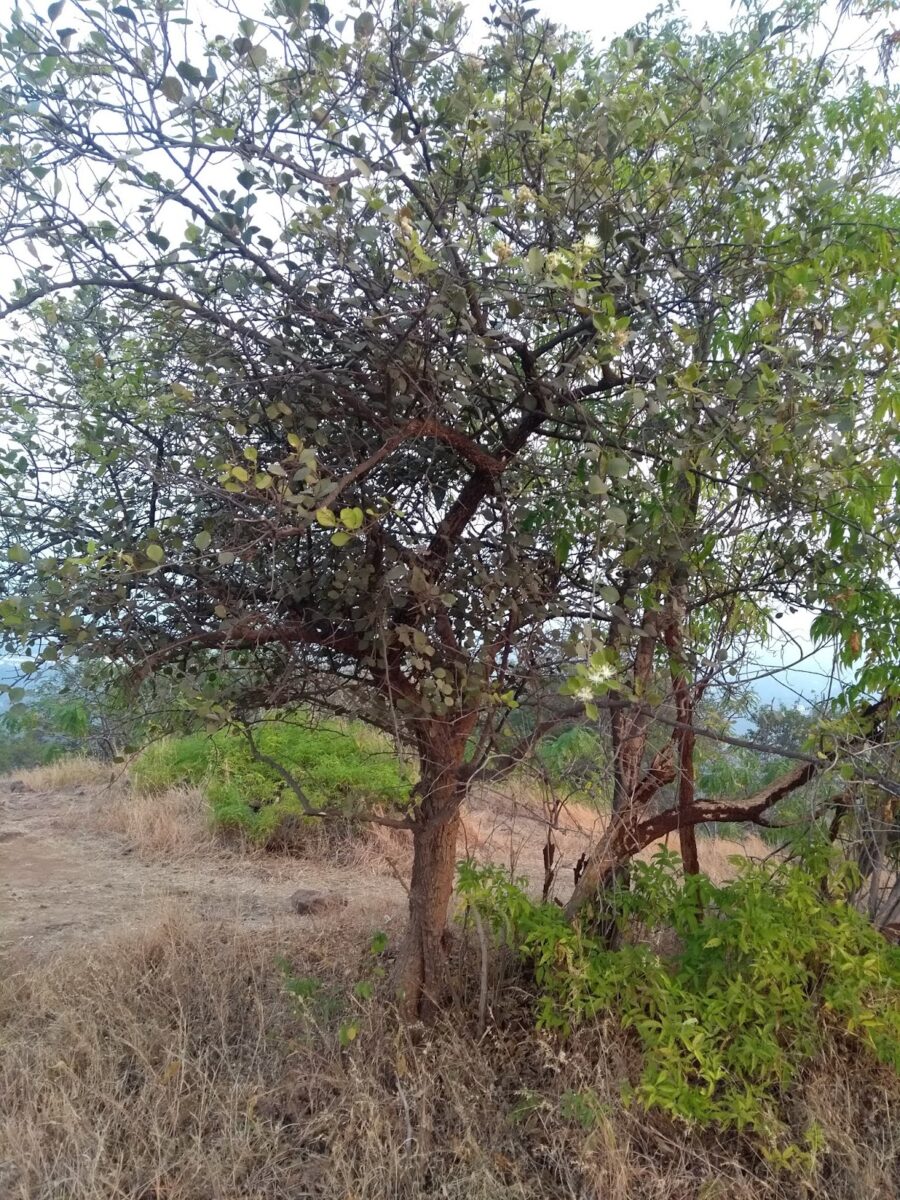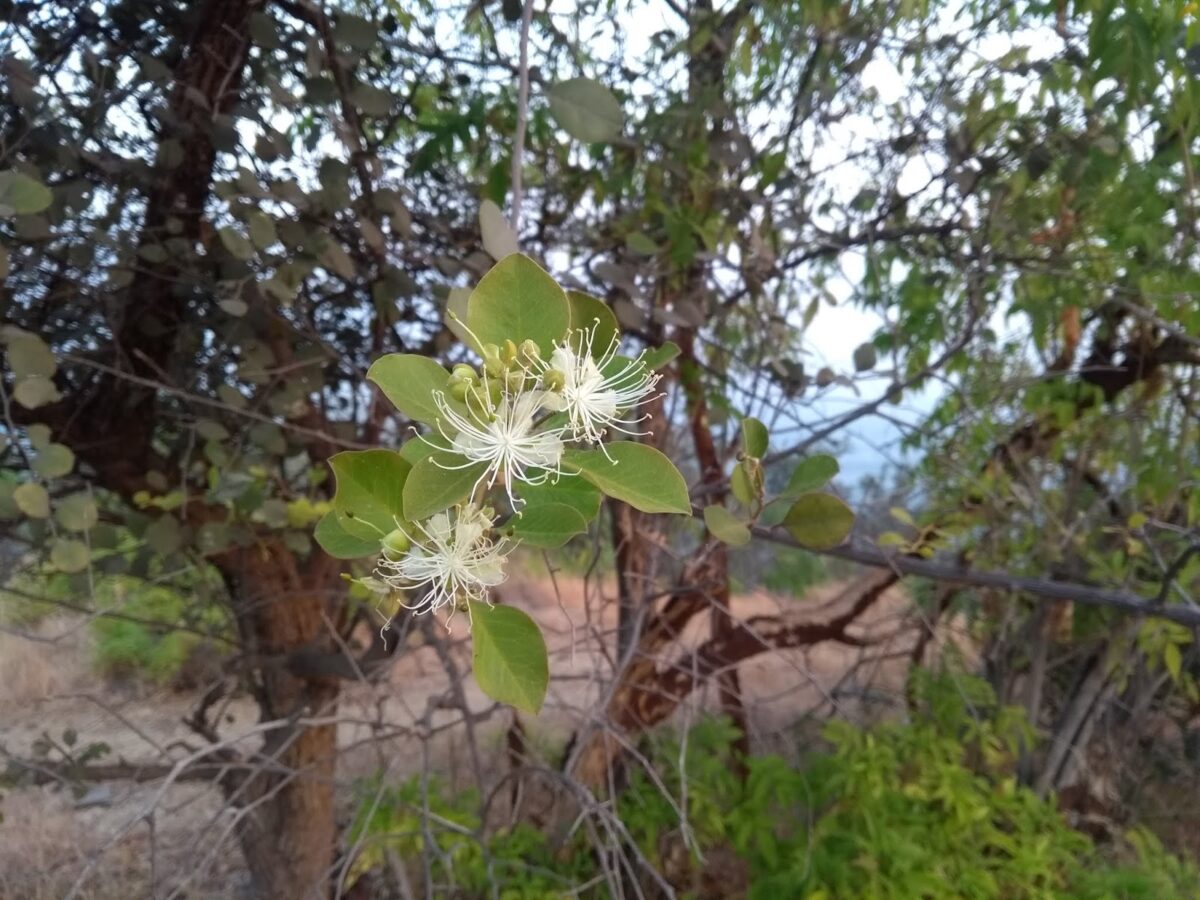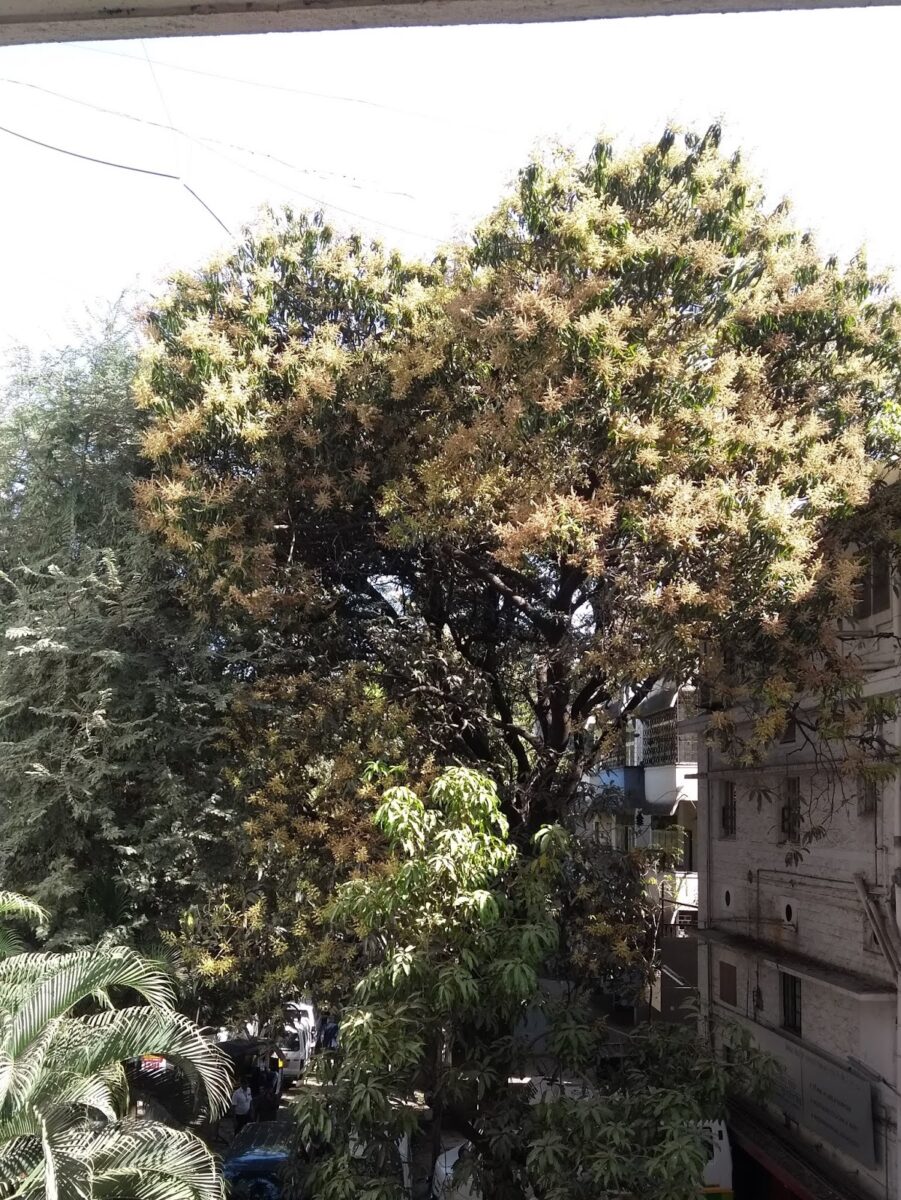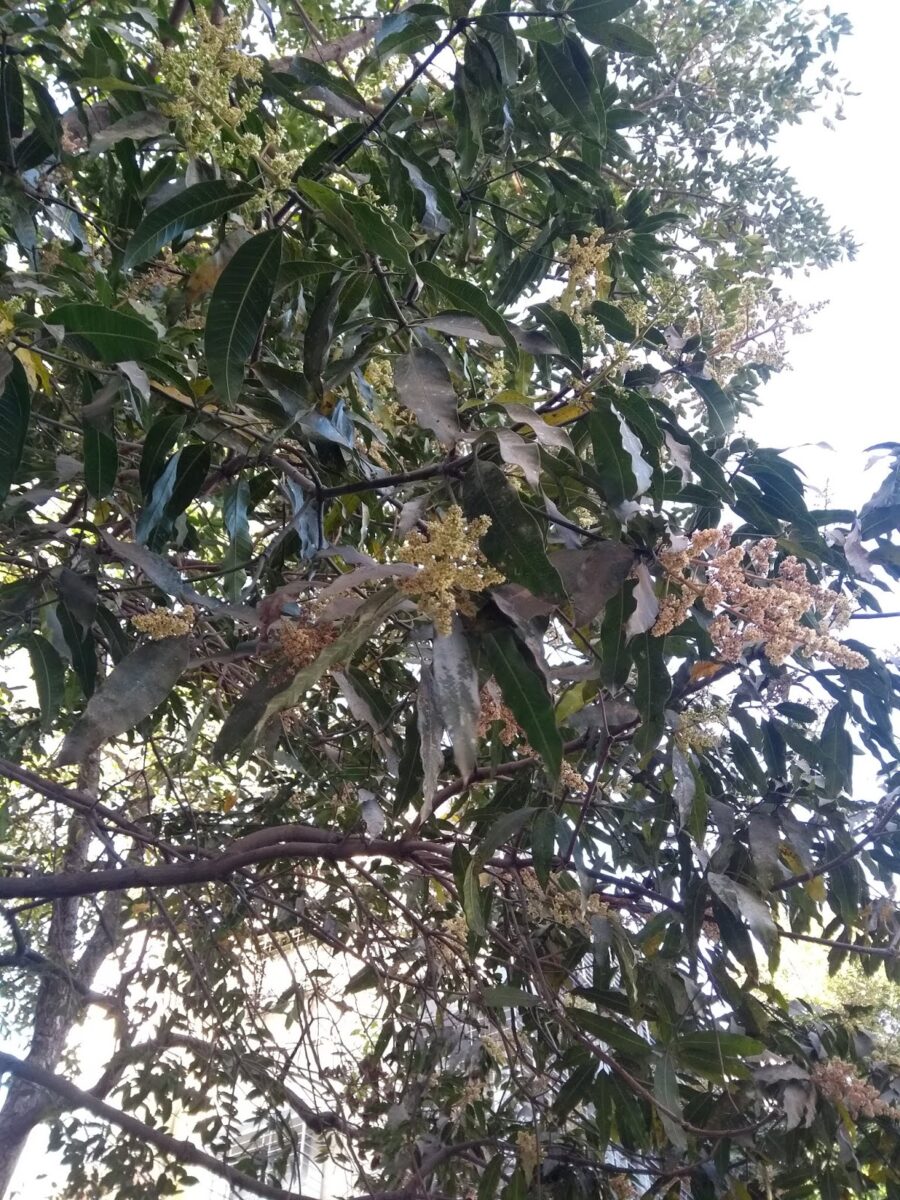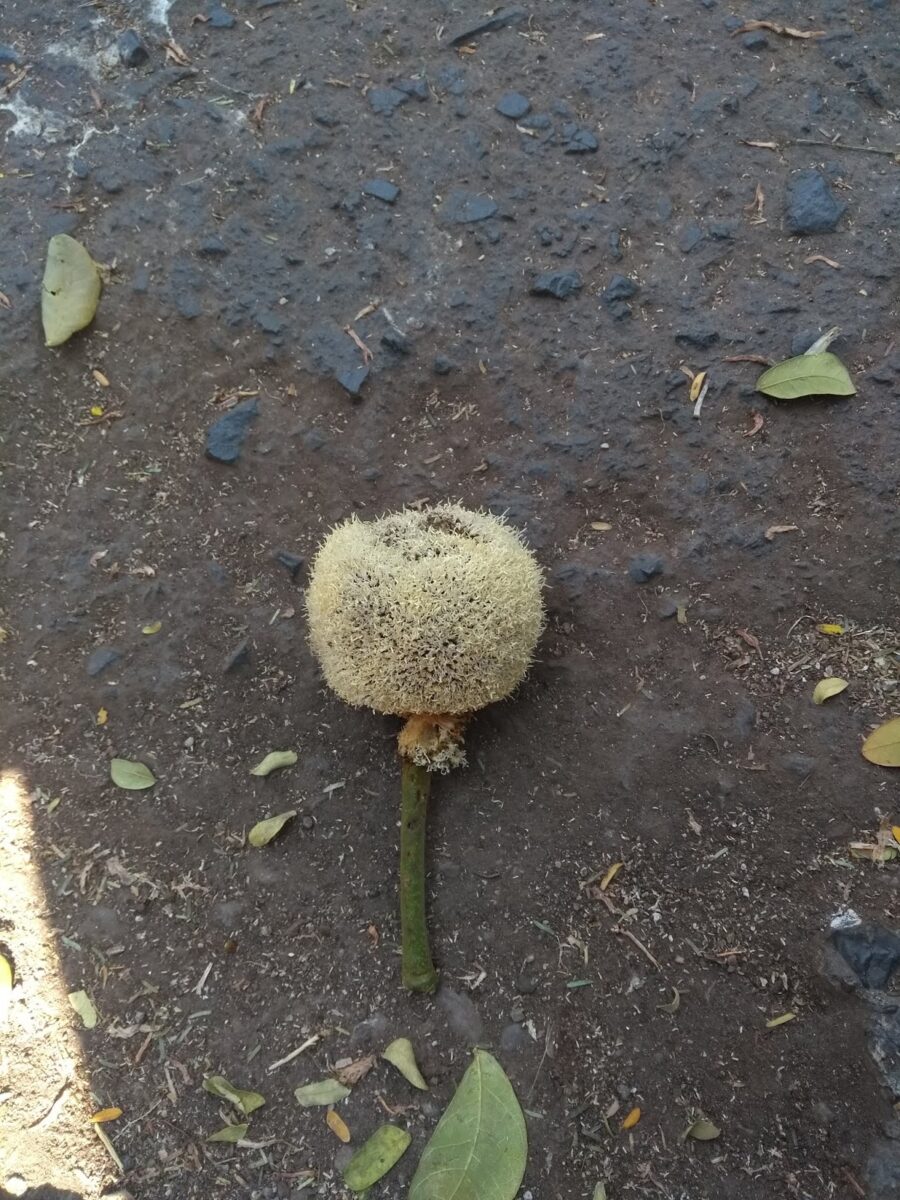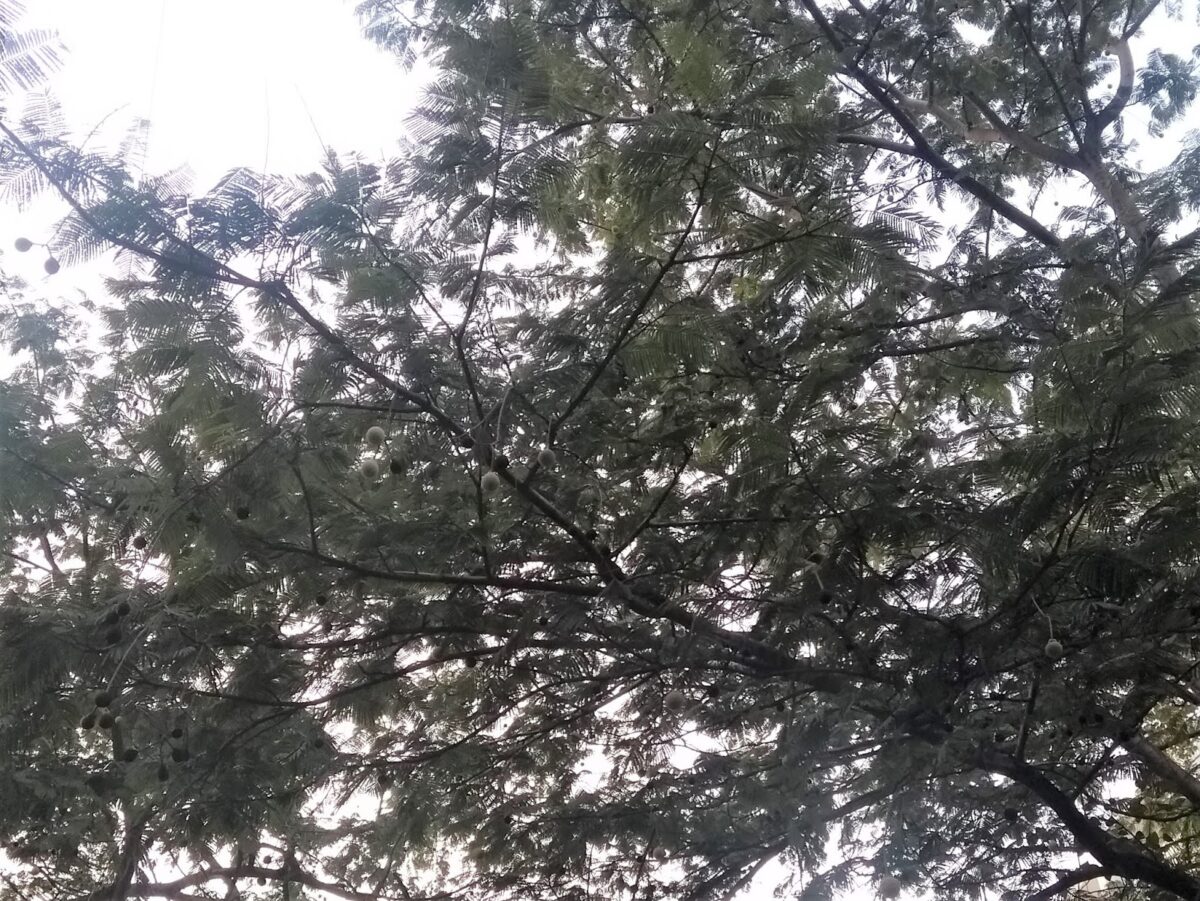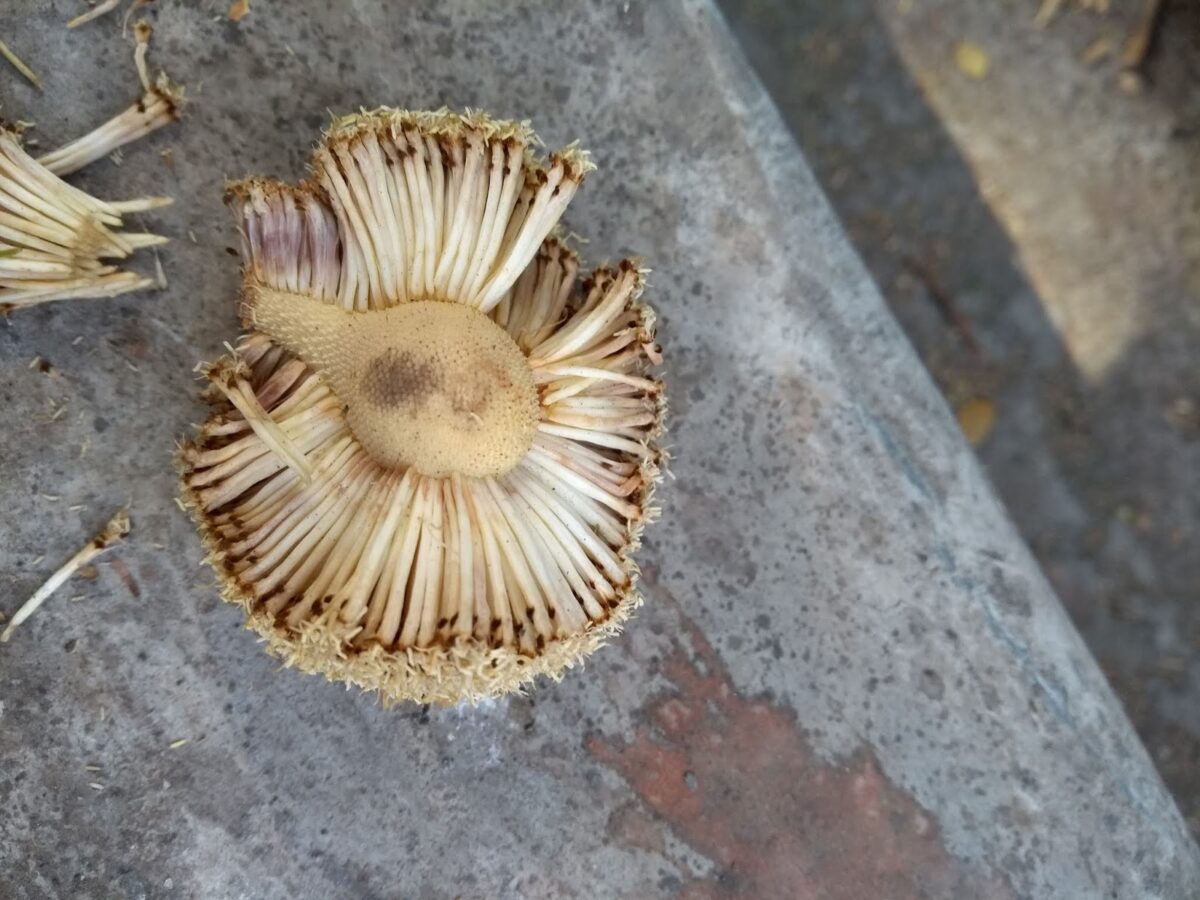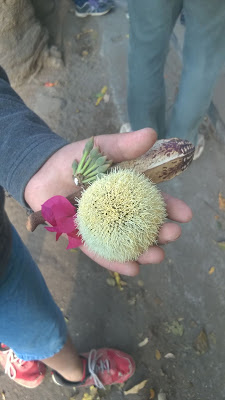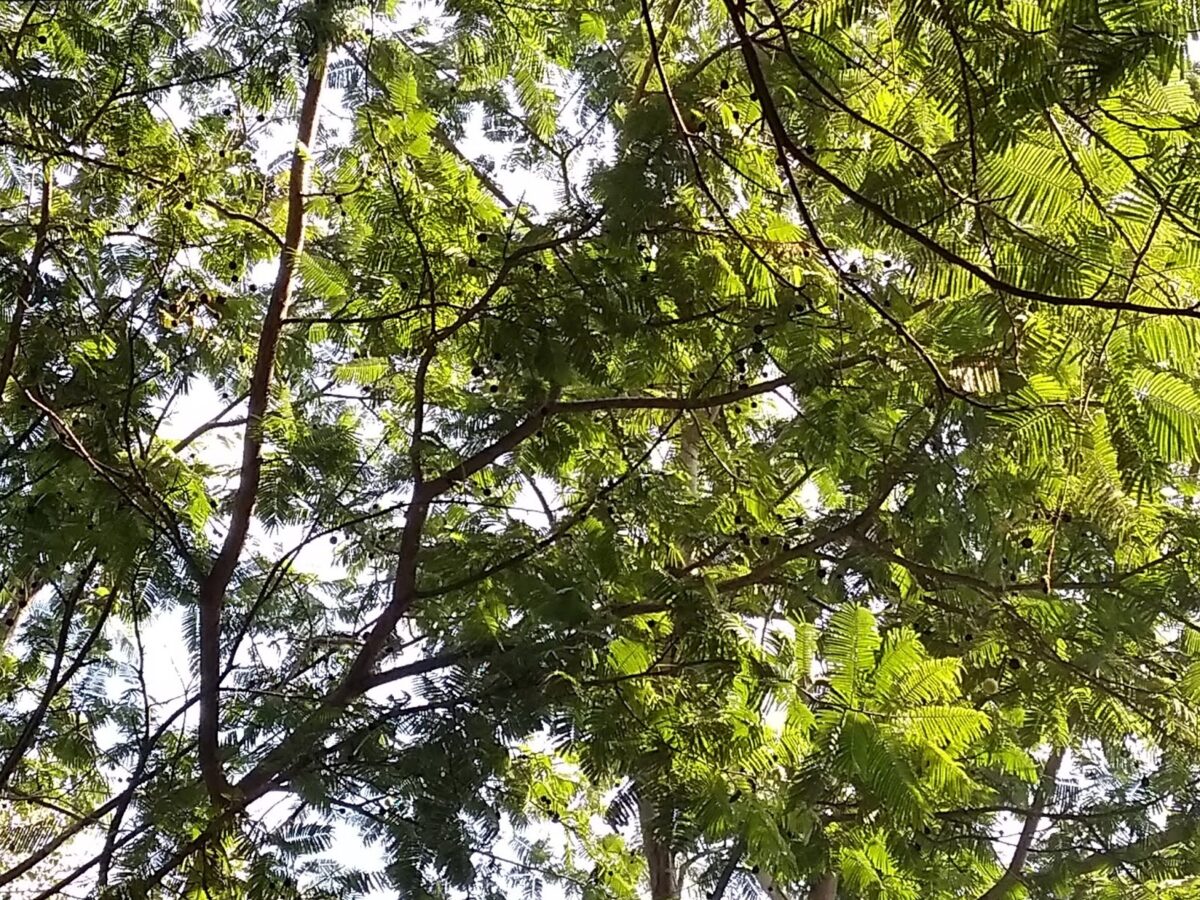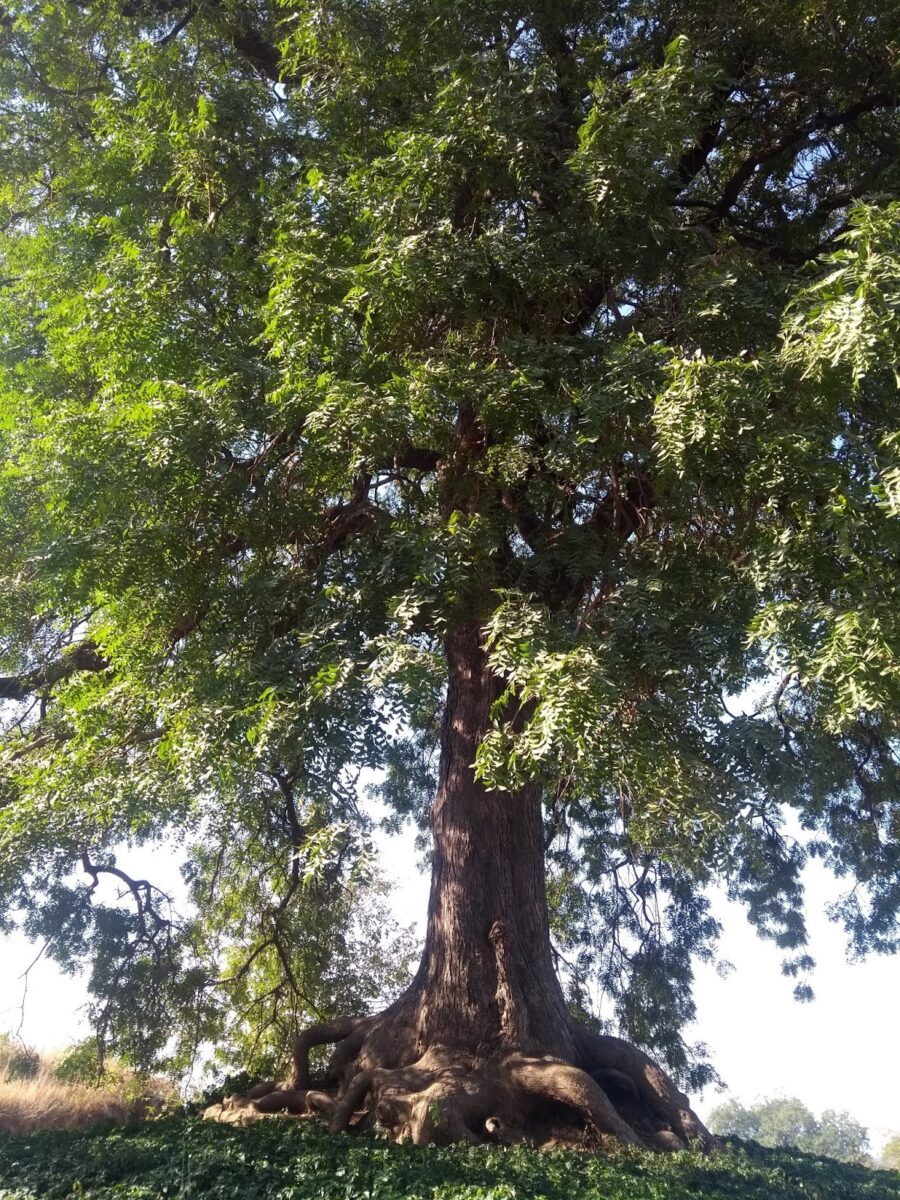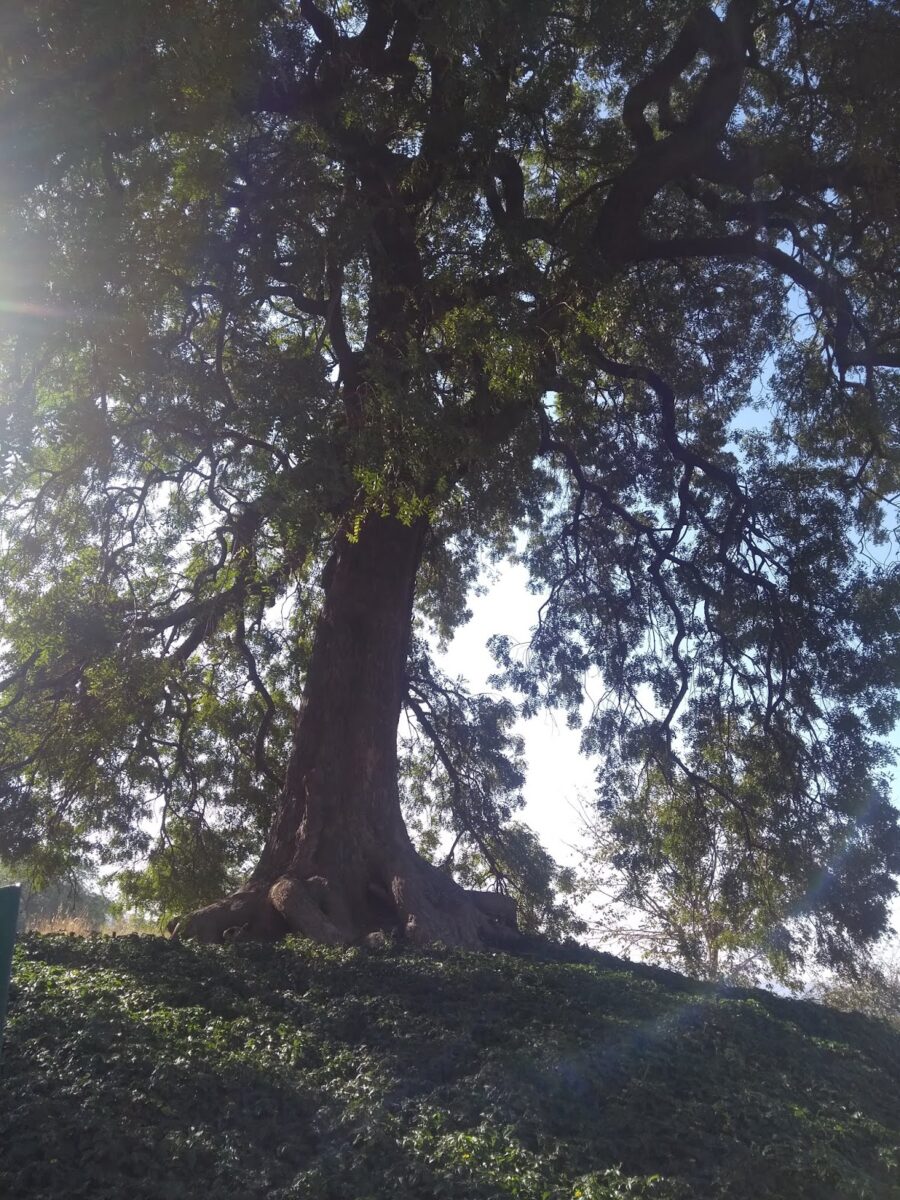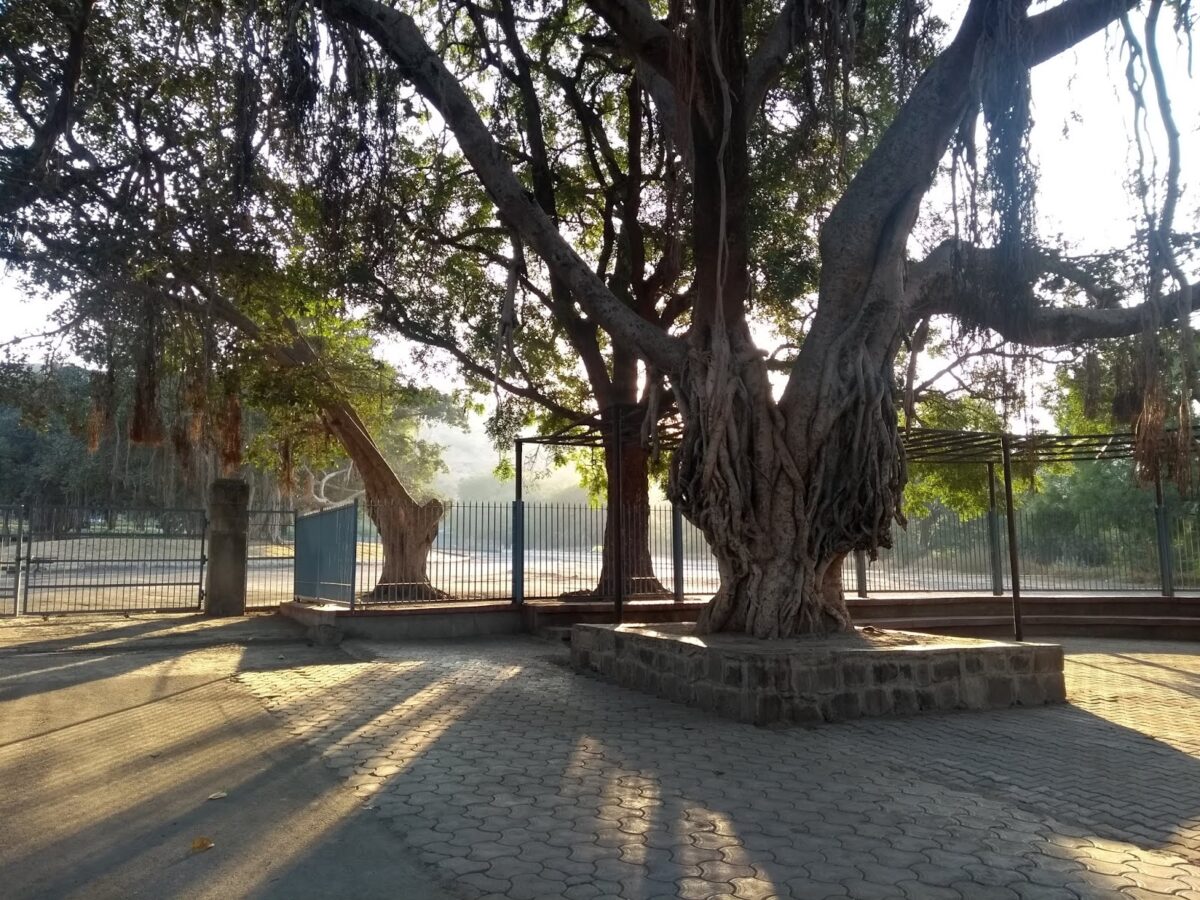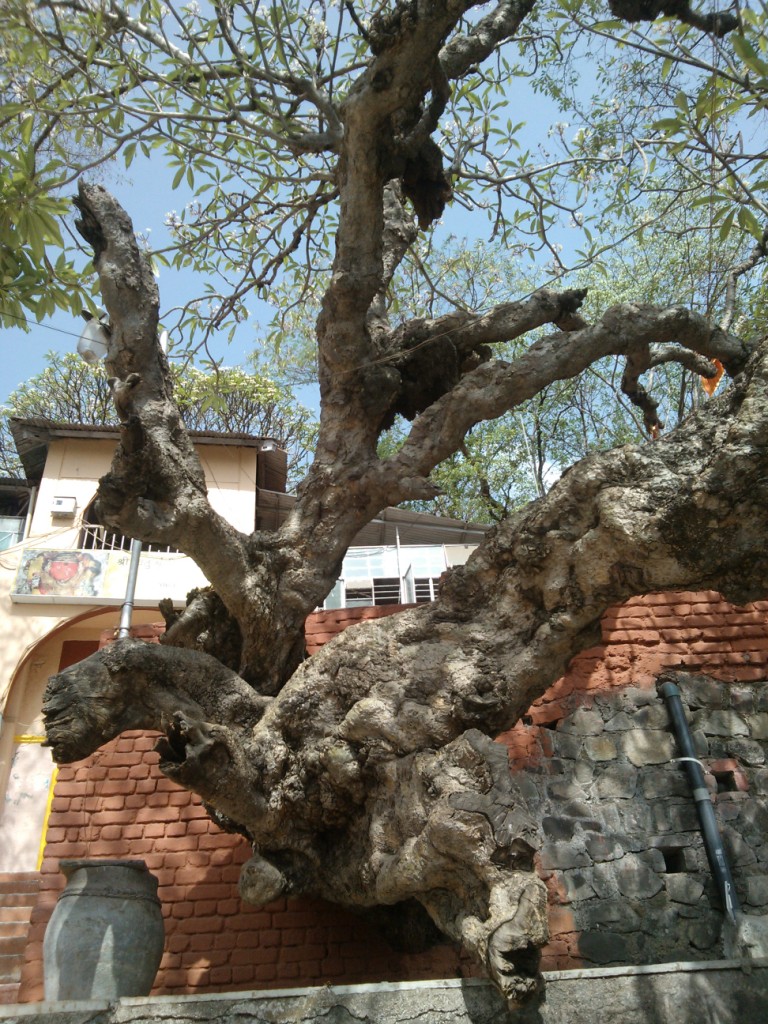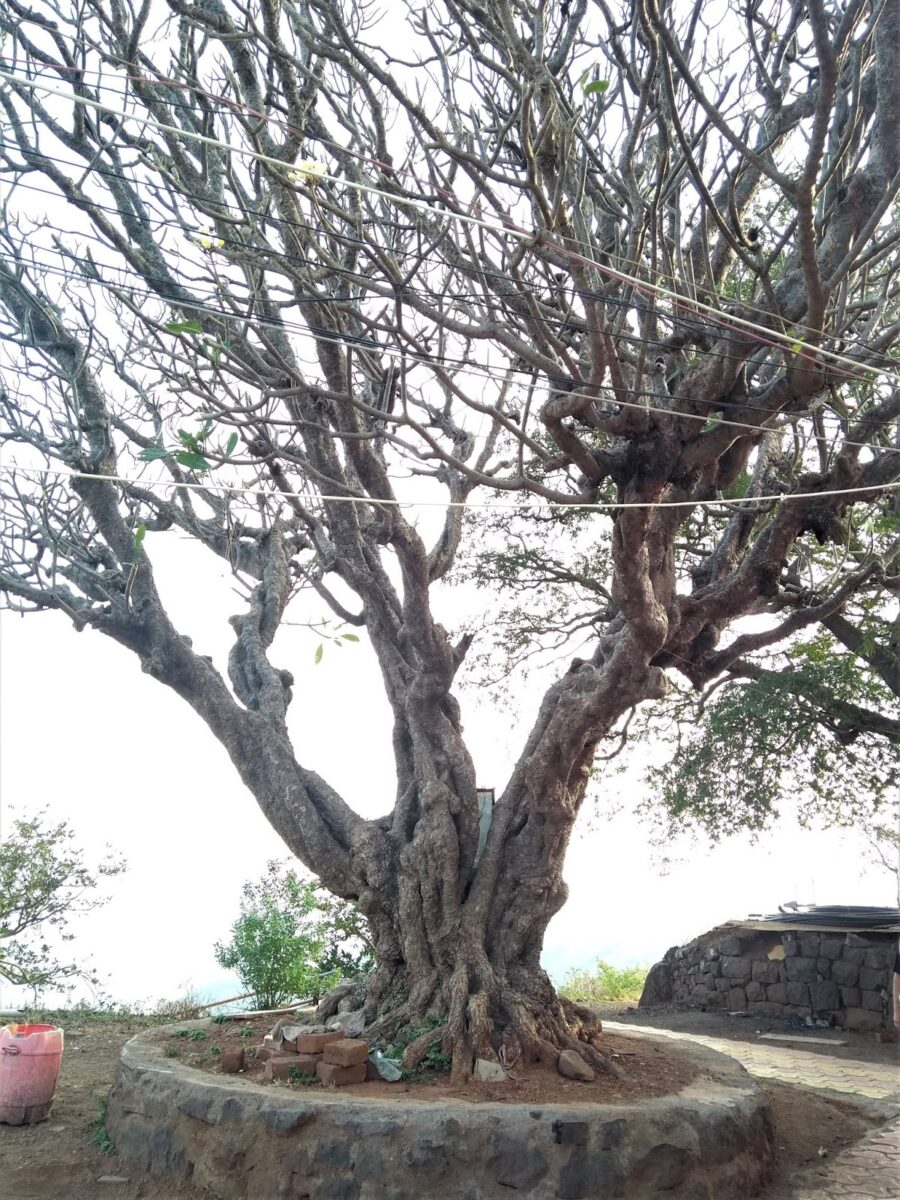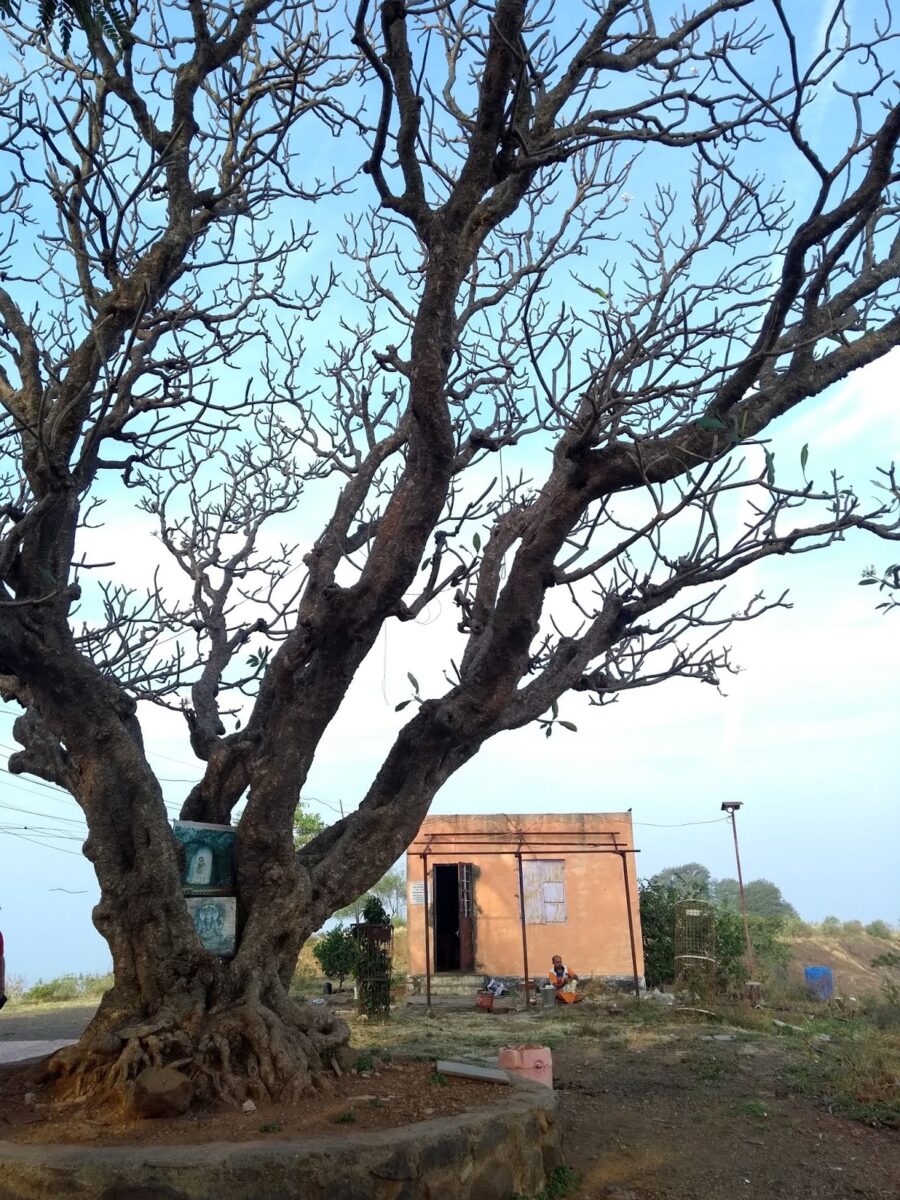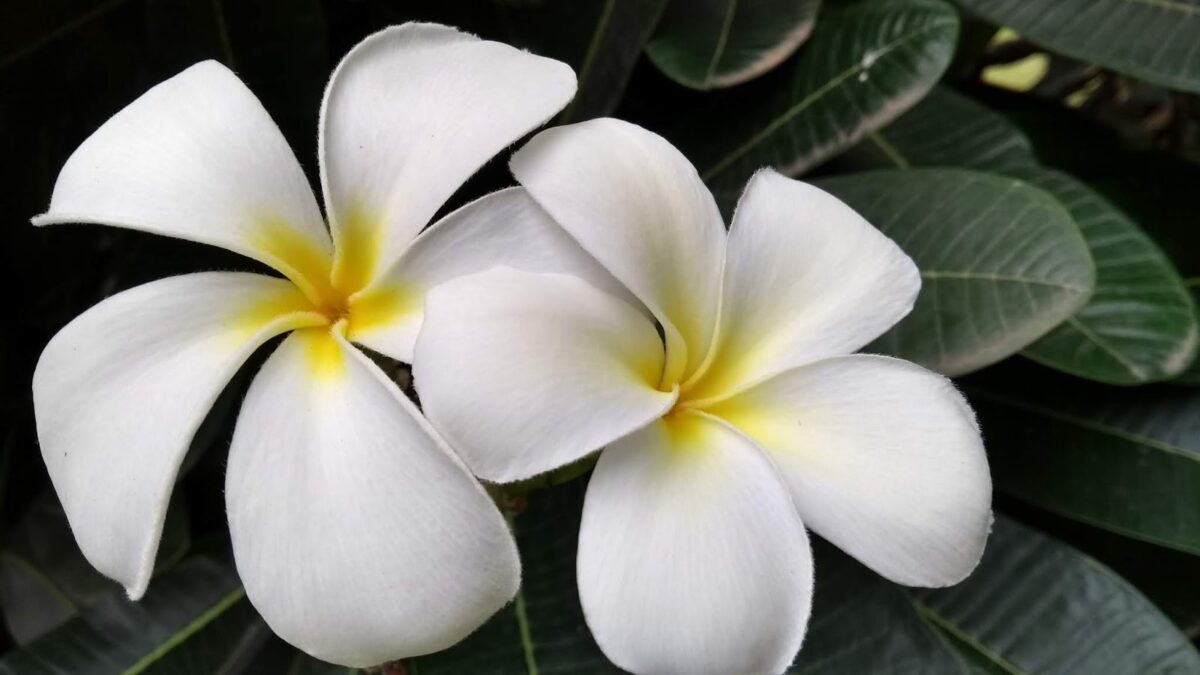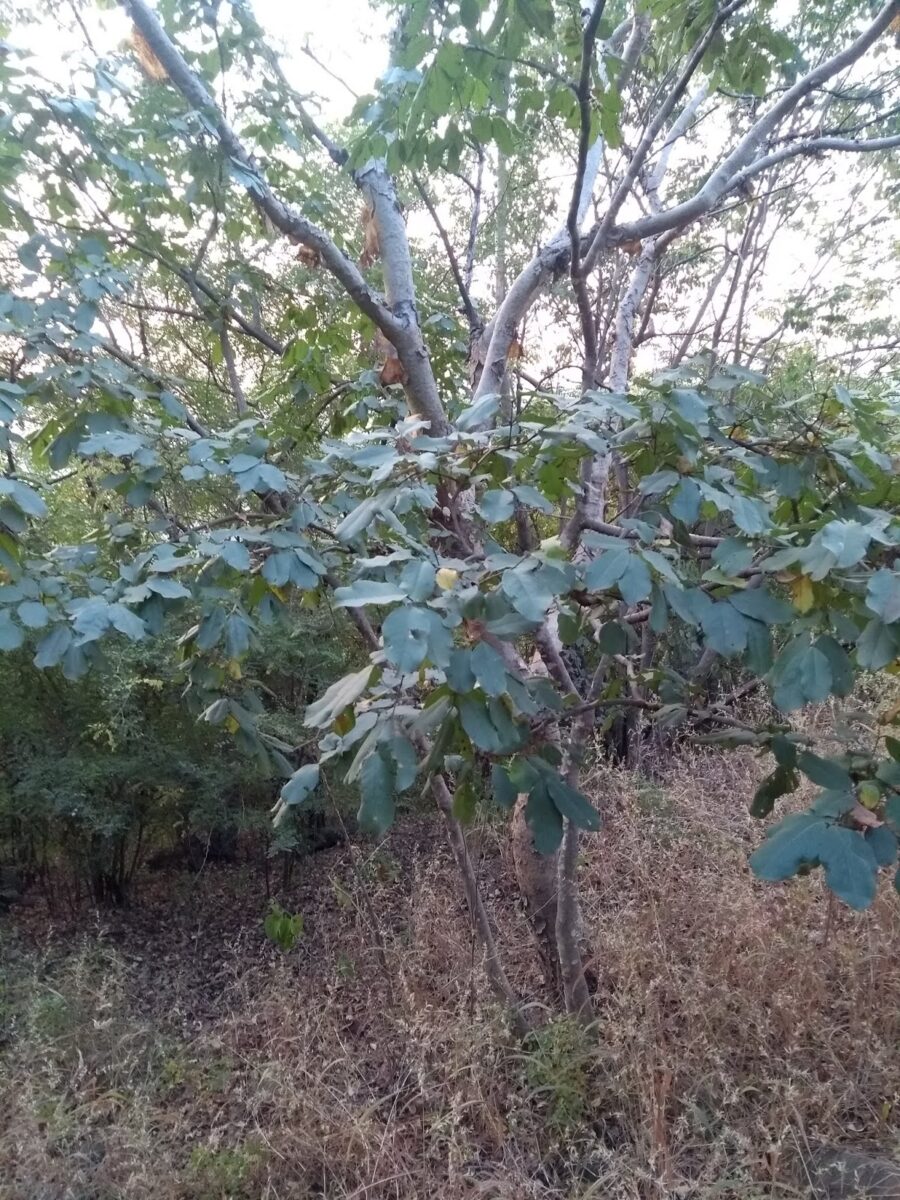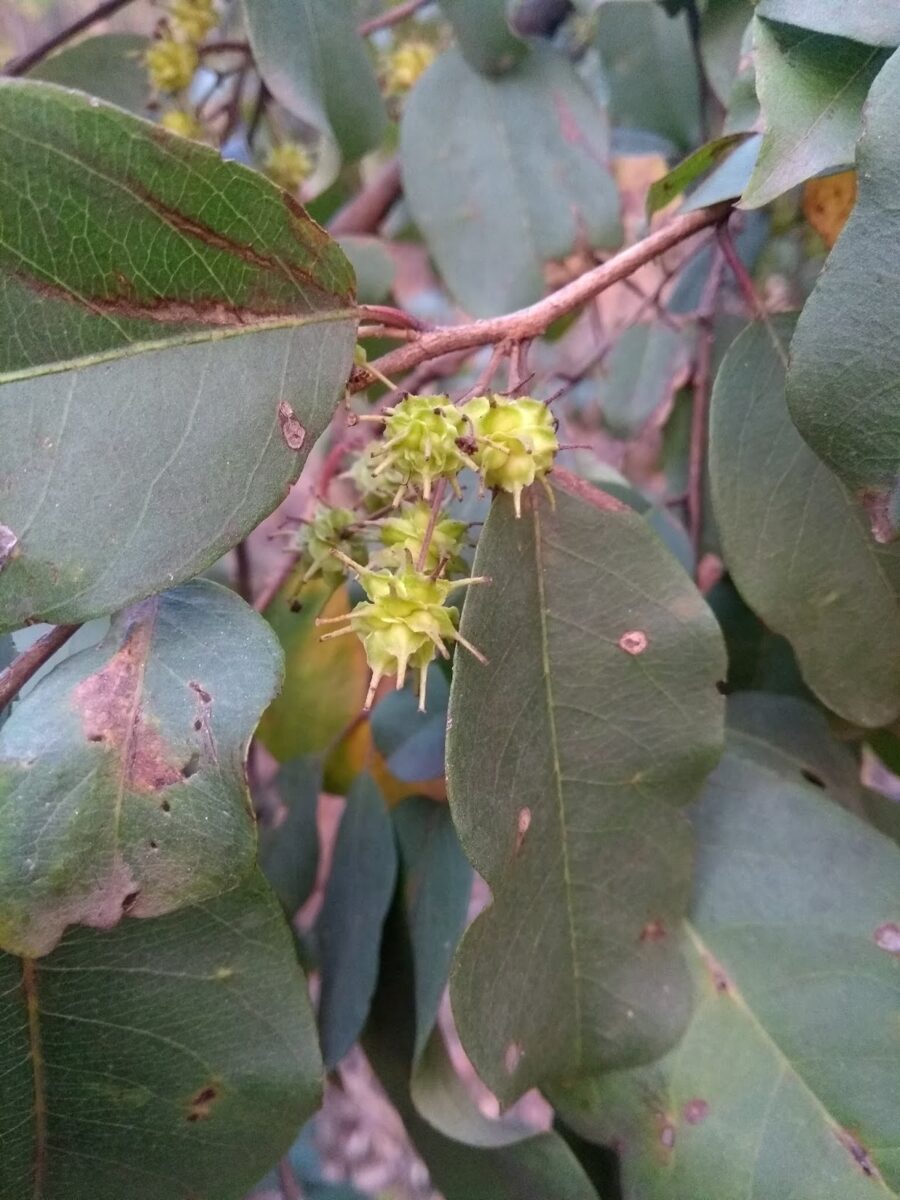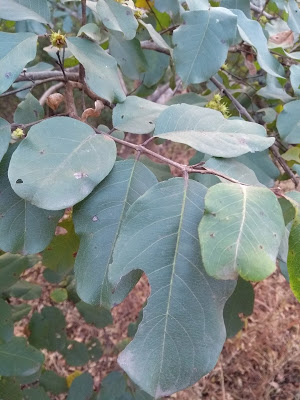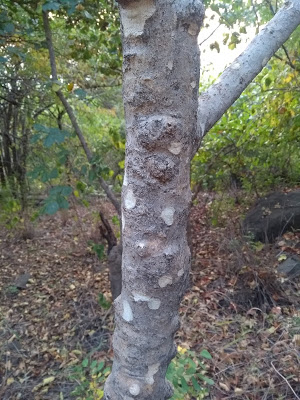January sees many trees lose their foliage in Pune and spring with its profuse flowering is still a few weeks away. Yet there is one tree that brings a smile not merely by its blooming but also by the ‘flowers’ themselves!
I am referring to Parkia biglandulosa which is locally called Chenduful belonging to the Mimosaceae family. Its a common avenue tree here and one realises its in bloom as one has to side step what look like furry balls when walking on the road. They obviously are not something kids have played with and one is compelled to look up. I have unfailingly been amazed to be looking up at what looks like tennis balls hanging down from the branches of the tree.
Each of these balls, is just the inflorescence and consists of several flowers. They remind me of tennis balls and I am still unable to understand why this Parkia is called Badminton Ball tree.. As far as I know, Badminton is played with a shuttlecock so…
Parkia biglandulosa is not native to India but I have seen it growing across the country even at one of our bases in the north east. Our daughter remembers playing with these blossoms and even preserving one of the furry balls in a box.. She still doesnt remember why and what happened to it later! More recently, one of the children in my Tree Walk group collected it as a memory of our walk!
A lovely tall tree with delicate leaves that reminds of the Gulmohor. I am sure most of you would have noticed these fallen ‘tennis balls’. If not, do look out for them as Parkia is still blooming at least here in my city!
I am joining Parul in her ThursdayTreeLove bloghop. Do head over to see some great trees from around the world.
Better still, join in!
🙂
